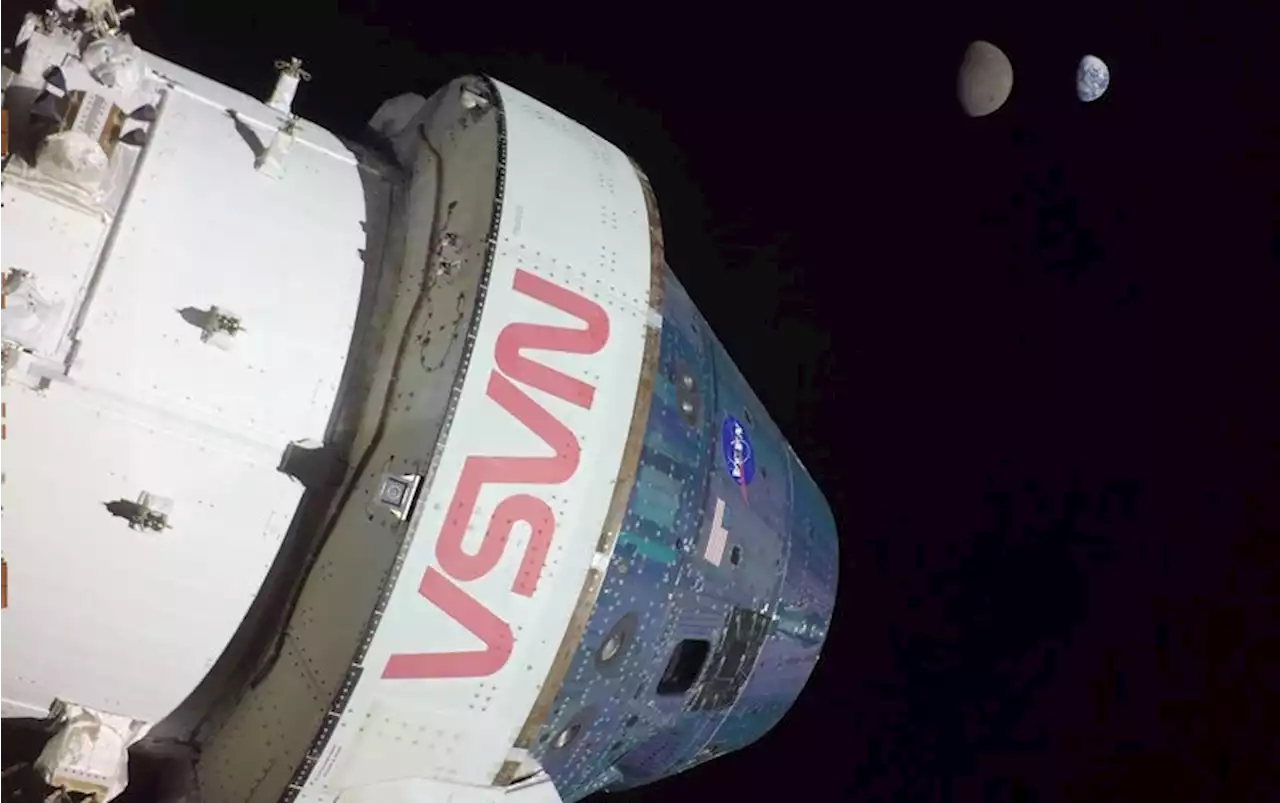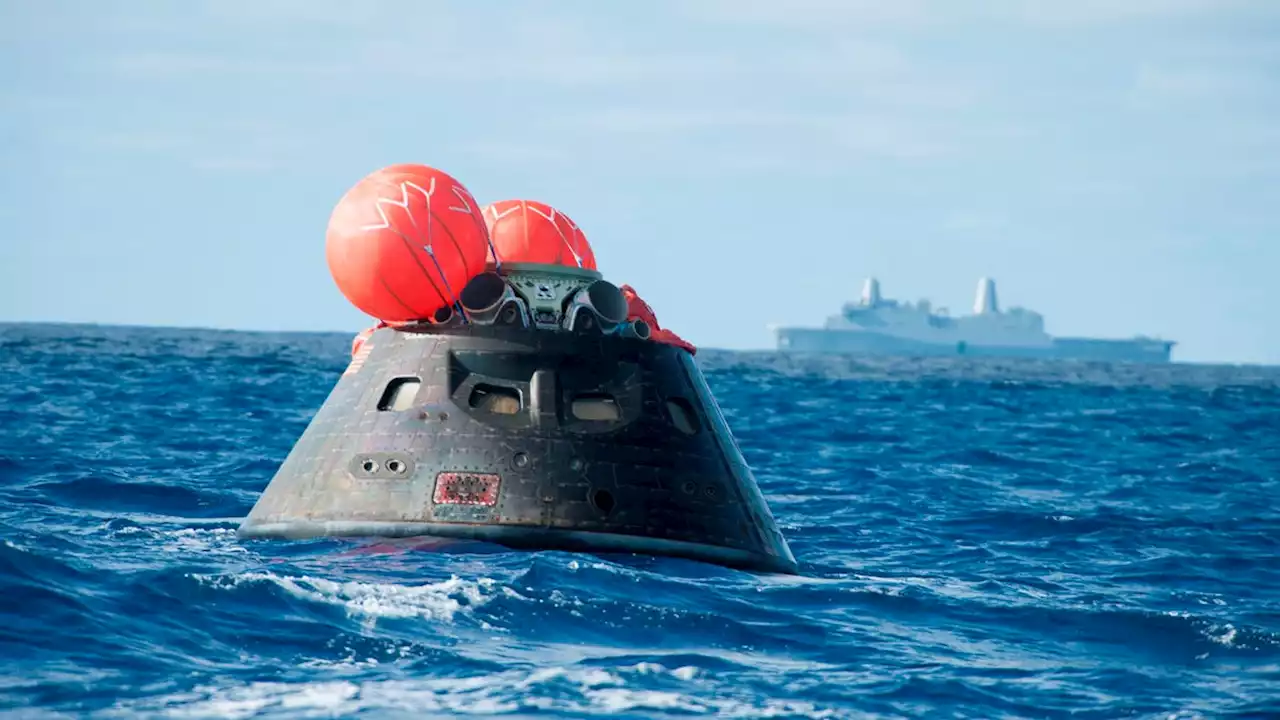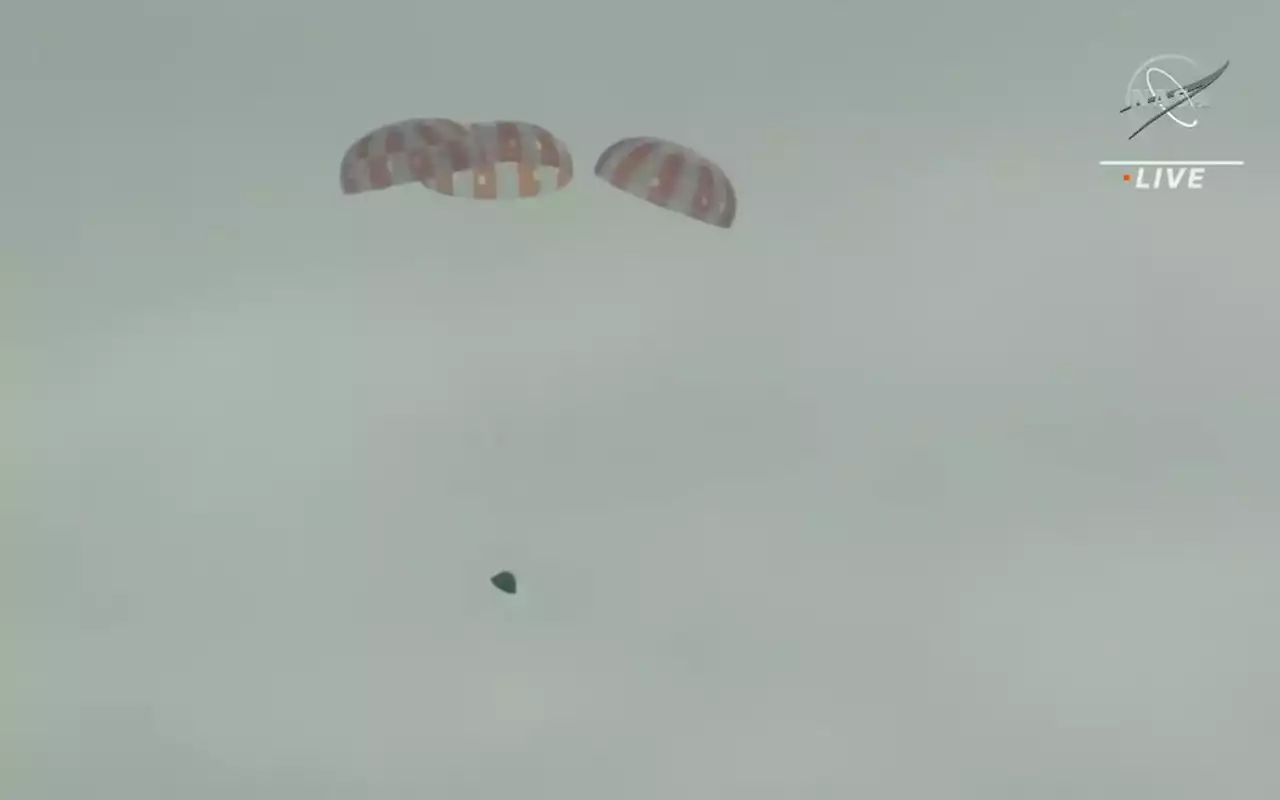This was an important step before sending humans to the Moon again and setting up a landing site on its South Pole.
The Artemis I mission is the first of the five missions that NASA has planned to take humans back to the Moon, 50 years after the Apollo missions. This time around, though, instead of just stepping on the Moon, the mission intends to set up a permanent base on the South Pole, which is thought to be rich in water ice.
The Artemis I mission was uncrewed and sent out with the aim of testing a host of systems that would be involved in taking humans back to the Moon. Crucial among them is thewhich created history when it took off with the Orion from Pad 39B at the Kennedy Space Center generating 8.8 million pounds of thrust at liftoff to become the most powerful launcher built by humanity thus far.
The other is the Orion capsule itself which will be home to the astronauts throughout their trip to the Moon and carry out the difficult task of bringing them back to Earth.Before Sunday, the Orion capsule had already created history on November 26 when, the furthest a spacecraft designed to carry humans has gone ever from the Earth.
As the capsule reentered the atmosphere, it felt the drag of increasing air density. The heat shield, the largest on a spacecraft so far, protected it from the intense heat generated during the process, estimated to be around 5,000 degrees Fahrenheit . The design of the capsule also allowed it to generate lift from this descent that sent the Orion back into space to dive back again into the atmosphere to target its landing site with much more precision,Minutes later, Orion's three main parachutes deployed slowing its descent before it splashed down, right as per its schedule at 12:40 pm EST.
United States Latest News, United States Headlines
Similar News:You can also read news stories similar to this one that we have collected from other news sources.
 NASA's Artemis I Mission Successfully Returns from the MoonAfter a 26-day journey that took it to lunar orbit and back, the uncrewed Orion spacecraft splashed down in the Pacific Ocean on Sunday afternoon, paving the way for future astronaut voyages to Earth’s satellite
NASA's Artemis I Mission Successfully Returns from the MoonAfter a 26-day journey that took it to lunar orbit and back, the uncrewed Orion spacecraft splashed down in the Pacific Ocean on Sunday afternoon, paving the way for future astronaut voyages to Earth’s satellite
Read more »
 NASA is over the moon with success of Artemis 1 Orion test flight'I don't think any one of us could have imagined a mission this successful.'
NASA is over the moon with success of Artemis 1 Orion test flight'I don't think any one of us could have imagined a mission this successful.'
Read more »
 NASA, Boeing ink $3.2B contract for Space Launch System rockets to moonNASA has finalized a $3.2 billion contract with Boeing in Huntsville for the aerospace giant to produce Space Launch System rockets for future missions to the moon and beyond, the agency announced Friday.
NASA, Boeing ink $3.2B contract for Space Launch System rockets to moonNASA has finalized a $3.2 billion contract with Boeing in Huntsville for the aerospace giant to produce Space Launch System rockets for future missions to the moon and beyond, the agency announced Friday.
Read more »
 Updates: Orion splashes down in Pacific Ocean, concluding NASA's Artemis I moon missionOrion will blaze back into the Earth's atmosphere at 25,000 mph before 'skipping' out to bleed off speed and the g-forces associated with atmospheric re-entry from a lunar trajectory.
Updates: Orion splashes down in Pacific Ocean, concluding NASA's Artemis I moon missionOrion will blaze back into the Earth's atmosphere at 25,000 mph before 'skipping' out to bleed off speed and the g-forces associated with atmospheric re-entry from a lunar trajectory.
Read more »
 NASA’s Artemis 1 Moon mission has returned to Earth | EngadgetAfter a 25-and-a-half day flight to the Moon and back, NASA's Artemis 1 mission has returned to Earth..
NASA’s Artemis 1 Moon mission has returned to Earth | EngadgetAfter a 25-and-a-half day flight to the Moon and back, NASA's Artemis 1 mission has returned to Earth..
Read more »
